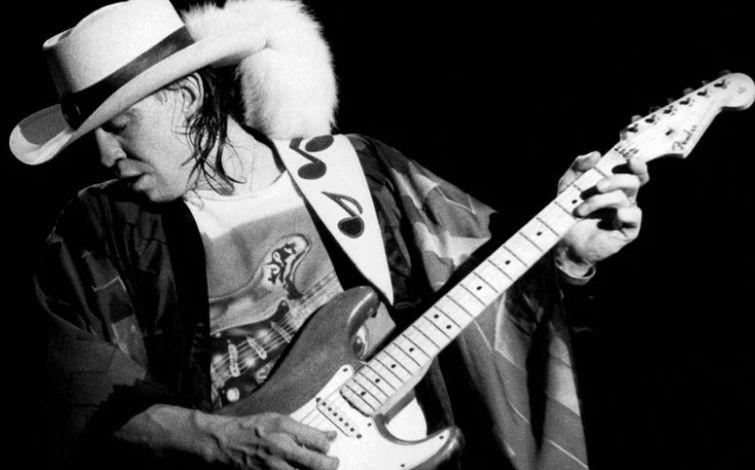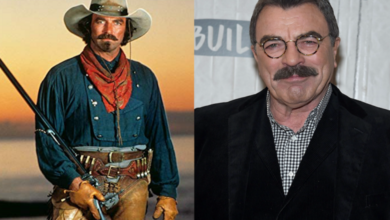Stevie Ray Vaughan on his first favourite album

Stevie Ray Vaughan only basked in the light of fame for seven years as a mainstream artist, but his influence as a virtuoso blues guitarist has put him up there with the all-time greats like Jimi Hendrix and Eric Clapton among musos. The Dallas born singer-songwriter dropped out of high school in Austin, Texas in 1972 and began to gain popularity after playing a series of gigs on the local club circuit.
Vaughan met Tommy Shannon and Chris Layton in the late 1970s, with whom he formed his first band, Double Trouble, in 1978. Double Trouble began to dominate the biggest venues across the state, and by the end of the decade, they had become the most popular band in Texas.
In 1982, Vaughan performed at the Montreux Jazz Festival, where David Bowie bore witness to his talent as a guitarist. Impressed, Bowie invited Vaughan along to a studio to play with him. At the time, Bowie was working on his 15th studio album, Let’s Dance, and Vaughan ended up recording the blues guitar tracks for the album.
Following his brush with the Starman, Vaughan received interest from John Hammond, who managed to get him and his band signed to Epic Records for a major record deal. Within a few months, Vaughan and Double Trouble had released their critically acclaimed debut album Texas Flood, and there began Vaughan’s mainstream success.
Sadly, his time as a top-flight musical artist was cut short in August 1990 as a helicopter he was travelling in following a show in East Troy, Wisconsin, crashed, killing all on board. Subsequent investigations concluded that the crash had been caused by pilot error.
Following his rise to worldwide acclaim in 1984, Vaughan reflected on some of his early influences in an interview with Billy Pinnell. Vaughan identified the first album he ever bought as Lonnie Mack’s The Wham of that Memphis Man (1963) and described it as a vital influence on him as a guitarist: “It was the first album that I ever bought. He [Jimmie Vaughan, his older brother] turned me on to the guy and let me know who he was. I went straight and bought the record. It was one of the first things that I ever really tried to learn, which is a pretty hard thing to learn. But it worked out,” Vaughan said.
He mentioned the 1963 record again, two years later in an interview with Andy Aledort: “Wham was a great record. I played it so many times, my dad broke it! He got mad and broke it because I played it over and over and over and over. When I didn’t think it could be any louder, I went and borrowed somebody’s Shure Vocal Master P.A. I put mikes in front of the stereo speakers, and then turned the P.A. up! It was loud in my room.”
He continued, explaining the level of inspiration the LP had had on his subsequent pursuit of a career in music. “A lot of inspiration, I can tell you that,” Vaughan said. “Between listening to that guy’s feeling in his music and watching my brother. Also, how much feeling he had with it. I mainly just picked up big time inspiration. What I was getting out of it wasn’t so much technical or anything. Just the thought of them playing made me want to jump up and play.”
Following Vaughan’s rise to fame in the 1980s, he even had the chance to meet his hero. In 1985, Vaughan was humbled when Mack invited him to co-produce his 1985 album Strike Like Lightning. Subsequently, Vaughan was invited to play with Mack on tour supporting the new album.
Watch Stevie Ray Vaughan play alongside his hero Lonnie Mack at The Orpheum Theatre in Memphis in August 1986 below.





